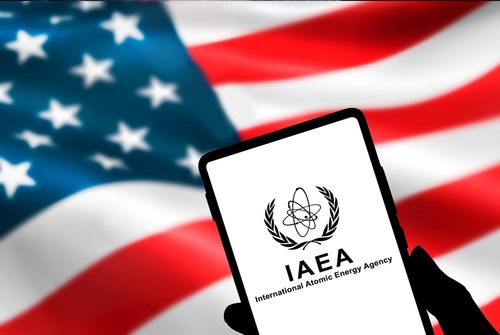
A new report from the International Atomic Energy Agency (IAEA) looked into a 2013 radiological incident in Hueypoxtla, Mexico, in which a radioactive source was stolen, and used the incident as a sign that security and law enforcement needs to be trained en masse in radiological protection and response.
The IAEA noted that each year, more than 20 million shipments of nuclear and radioactive material are safely transported through various methods, but times of transit remain a potential danger. While historically, such incidents have been quickly resolved with little consequence, in the Hueypoxtla event, during transport of a cancer treatment teletherapy unit, that unit was stolen and out in the wild for a week. Its shielding was removed, and thus its Cobalt 60 radioactive source was leaking into uninhabited farmland.
Upon receipt of the initial information of the incident, the IAEA’s Incident and Emergency Response System (IES) was activated, and information was published for access by all IAEA member countries. Further, assistance was offered and coordinated with Mexico through the IAEA Response and Assistance Network (RANET), in which 39 countries are active.
“Although no such emergency plan existed during this incident, some of the responders had trained and worked together during the 2011 Pan American Games in Guadalajara in the nuclear security arrangements of major public events, and as a consequence of this experience, they knew which agencies could help to address it, and the right personnel to contact,” Carlos Torres Vidal, director of the IAEA’s Incident and Emergency Centre, said.
The report highlighted lessons learned from the event, such as that emergency response agencies need to be adequately trained, and so do security and law enforcement agencies, particularly on the basics of radiological protection and in response to radiological emergencies. No single agency, it concluded, could or should be solely responsible for a response, and ideally, a national radiological emergency response plan should be in place to lay out the role, responsibilities, and resources of relevant agencies and response organizations.
At the report’s heart was a warning: a security event not directly related to a radioactive source could lead to a radiological emergency at an unforeseen location, and lack of preparation could turn it into a disaster.




